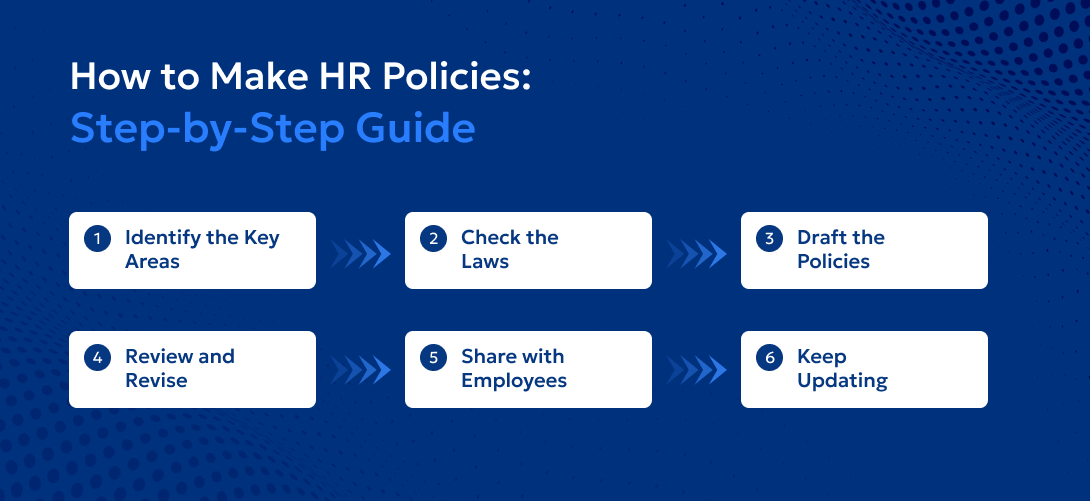
Table of Content
Ever wondered what happens when employees aren’t sure about the rules at work? It may seem small, but confusion can quickly turn into disputes, low morale, and even legal trouble. And for employers, unclear HR policies can lead to financial risk, fines, or reputational damage.
For example, an employee at a prominent IT company was terminated despite excellent performance. The company cited misconduct without following transparent HR procedures. The court ruled in favor of the employee, showing that fair HR processes and proper documentation actually matter.
In this blog, we’re going to explore what are HR policies and procedures, why they matter, how to create HR policies in India, common mistakes to avoid, and a real-world case study showing why HR compliance is critical.
HR policies are the formal rules and guidelines that define how your company handles human resource matters. These usually cover areas like:
Together, they provide consistency, fairness, and legal compliance. Without them, decisions become inconsistent, employees get confused, and disputes can arise easily.

A good HR policy of a company helps employees know what’s expected of them, improving morale, productivity, and retention.
Need clear HR policies?
In India, HR policies must follow certain labour laws. Some important ones include:
Next, make sure your policies comply with Indian labour laws. It might feel tricky, but if your policies aren’t legally compliant, you could face disputes, fines, or reputational harm.

Context:
The Issue:
Legal Outcome:
Key Takeaways:
Managing HR policies and practices in India can feel overwhelming. Vishaal Consultancy Services is here to make it easier. We can help you:

Clear HR policies and procedures do more than just protect your company. They create a professional, fair, and structured workplace, guide employees, help managers make consistent decisions, and reduce risks. From recruitment to terminations, effective policies build trust, efficiency, and confidence.
If you want to protect your business and improve employee satisfaction, Vishaal Consultancy Services can support you. With expertise in labour law advisory, virtual HR, and ongoing support, your company’s HR processes remain compliant, practical, and effective.
Fill in your details to download our exclusive e-learning document.
Fill in your details to download our exclusive e-learning document.
Fill in your details to download our exclusive e-learning document.